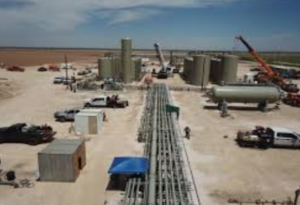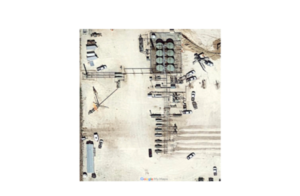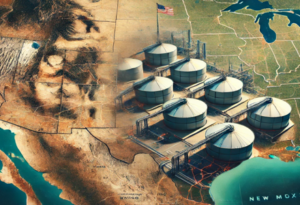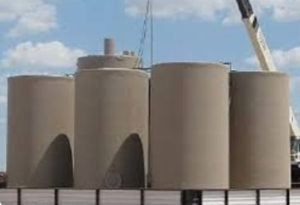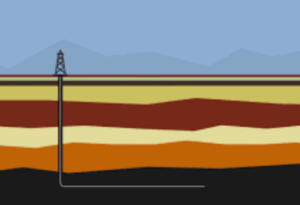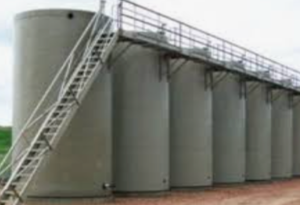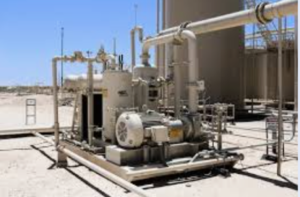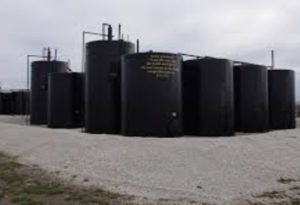A well-designed tank base is integral to maintaining the structural integrity of oil and gas storage tanks. It addresses issues related to load distribution, settlement, stress concentration, corrosion prevention, alignment, and accessibility for inspection and maintenance, all of which contribute to the long-term reliability and safety of the tank.
Settlement in the context of oil and gas tanks refers to the downward movement or sinking of the tank or its foundation into the supporting soil over time. Settlement can occur due to various factors, and it’s an important consideration in the design, construction, and maintenance of storage tanks. Here are some key aspects related to settlement in oil and gas tanks:
- Causes of Settlement:
- Soil Consolidation: Over time, the soil beneath the tank may undergo consolidation, a process where the soil particles rearrange and the volume decreases. This consolidation can lead to settlement.
- Poor Soil Conditions: If the soil supporting the tank is poorly compacted or has inadequate bearing capacity, settlement can occur. Different soil types have varying load-bearing capacities.
- Changes in Moisture Content: Variations in soil moisture content, such as from changes in weather conditions, can affect the volume and load-bearing capacity of the soil, leading to settlement.
- Uneven Loading or Filling: If the tank is loaded or filled unevenly, it can create uneven pressure on the foundation, contributing to settlement.
- Inadequate Foundation Design: Improperly designed foundations that do not account for soil characteristics and load distribution can lead to settlement issues.
- Types of Settlement:
- Uniform Settlement: This occurs when the entire tank settles evenly. While some settlement may be expected and planned for during the design phase, excessive uniform settlement can still pose problems.
- Differential Settlement: This is uneven settlement, where different parts of the tank settle at different rates. Differential settlement can lead to tilting or misalignment of the tank.
- Consequences of Settlement:
- Structural Stress: Settlement can result in uneven stress distribution on the tank structure, potentially leading to structural problems, deformation, or failure.
- Misalignment: Differential settlement can cause the tank to become misaligned. This misalignment may affect the tank’s operational efficiency and structural integrity.
- Leakage Risks: Settlement may create gaps or uneven stresses that could compromise the tank’s integrity, increasing the risk of leaks or breaches.
- Safety Concerns: Severe settlement issues can pose safety risks, especially if they lead to significant structural problems that compromise the stability of the tank.
- Prevention and Mitigation:
- Proper Foundation Design: Designing and constructing a suitable foundation based on soil analysis is crucial for preventing settlement issues.
- Regular Inspections: Periodic inspections can help detect signs of settlement early, allowing for timely corrective actions.
- Proper Loading and Unloading Practices: Following proper loading and unloading procedures helps minimize uneven pressure on the tank and its foundation.
- Use of Reinforcements: In some cases, the use of reinforcements such as piers or piles can provide additional support to prevent settlement.
Addressing settlement issues requires a comprehensive understanding of soil mechanics, proper engineering practices, and adherence to safety standards. Regular monitoring and maintenance are essential for ensuring the continued stability and integrity of oil and gas storage tanks.
Tank Information


